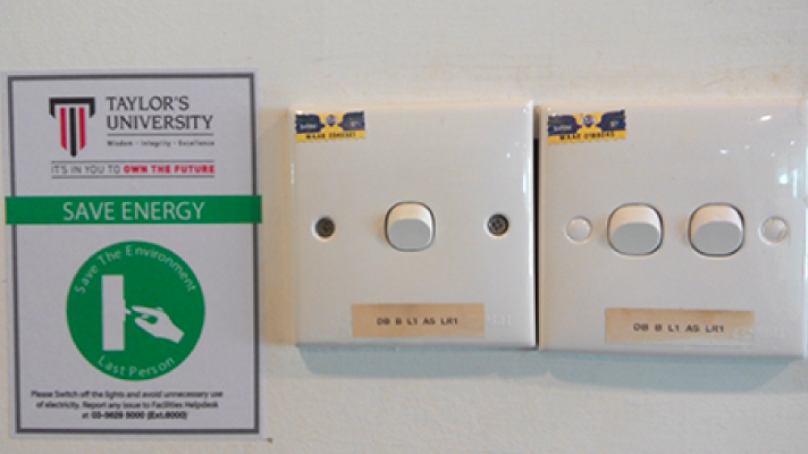Indoor Environmental Quality (IEQ) encompasses the conditions inside our building at Taylor’s University – air quality, lighting, thermal conditions, ergonomics—and their effects on occupants or residents.
Strategies for addressing IEQ include those that protect human health, improve quality of life, as well as reduce stress and eliminate potential injuries. Better indoor environmental quality can enhance the lives of building occupants, increase the resale value of the building and reduce liability for building owners.
Since the personnel costs of salaries and benefits typically surpass operating costs of an office building, strategies that improve employees’ health and productivity over the long run can have a large return on investment. IEQ goals often focus on providing stimulating and comfortable environments for occupants and minimizing the risk of building-related health problems.
To make our buildings where people feel good and perform well, project teams must balance selection of strategies that promote efficiency and conservation with those that address the needs of the occupants and promote well-being. Ideally, the chosen strategies do both: the solutions that conserve energy, water and materials also contribute to a great indoor experience.
Green buildings with good indoor environmental quality protect the health and comfort of building occupants. High-quality indoor environments also enhance productivity, decrease absenteeism, improve the building’s value, and reduce liability for building designers and owners.
